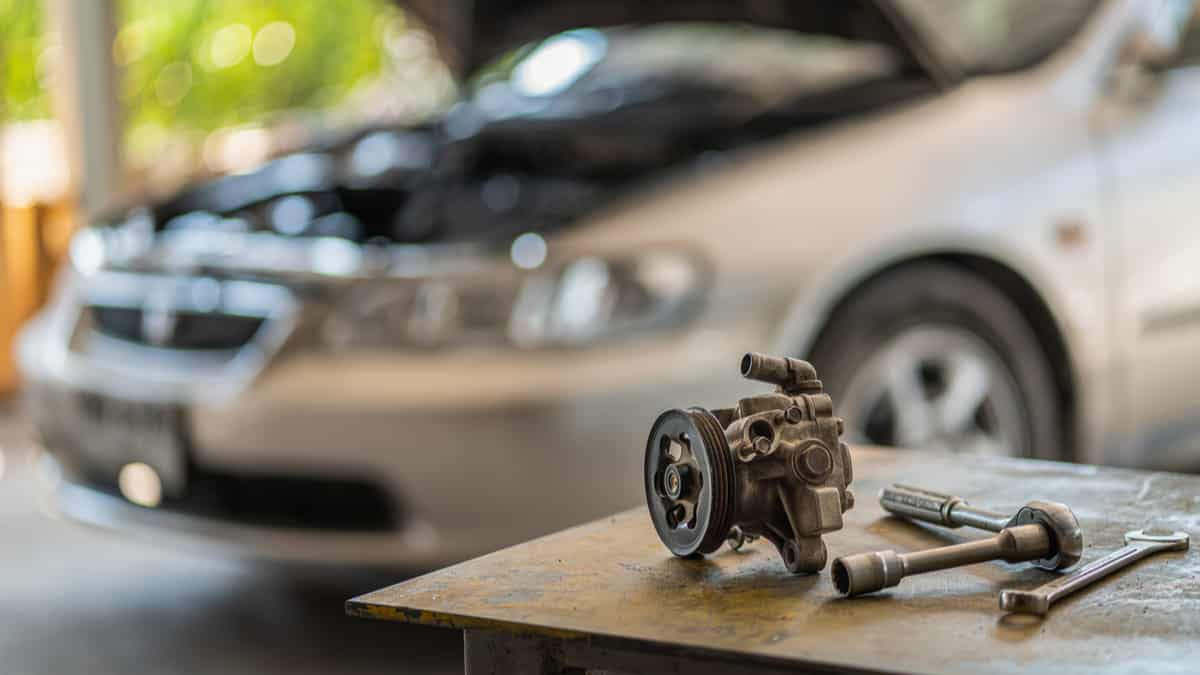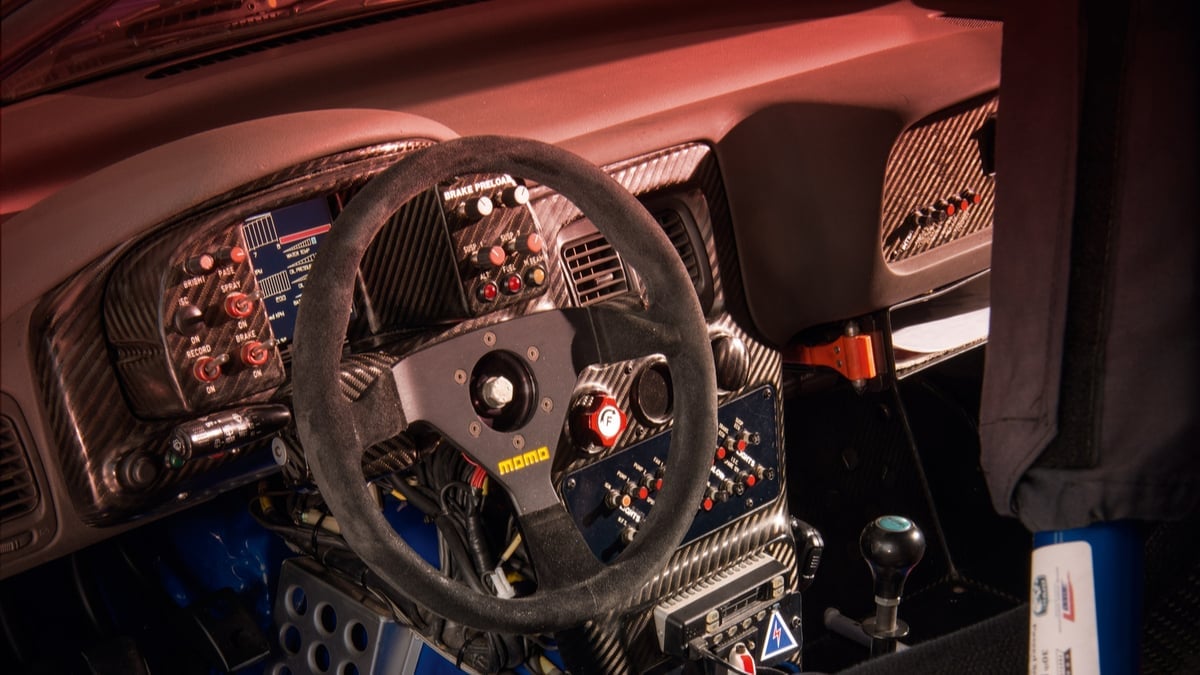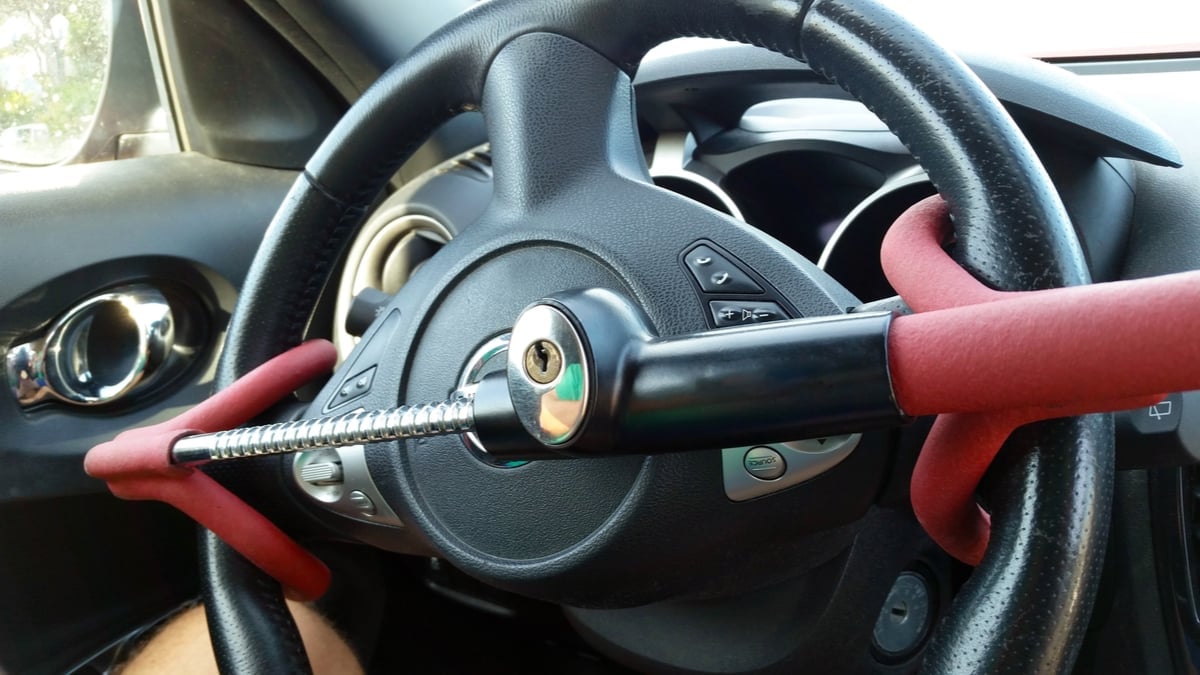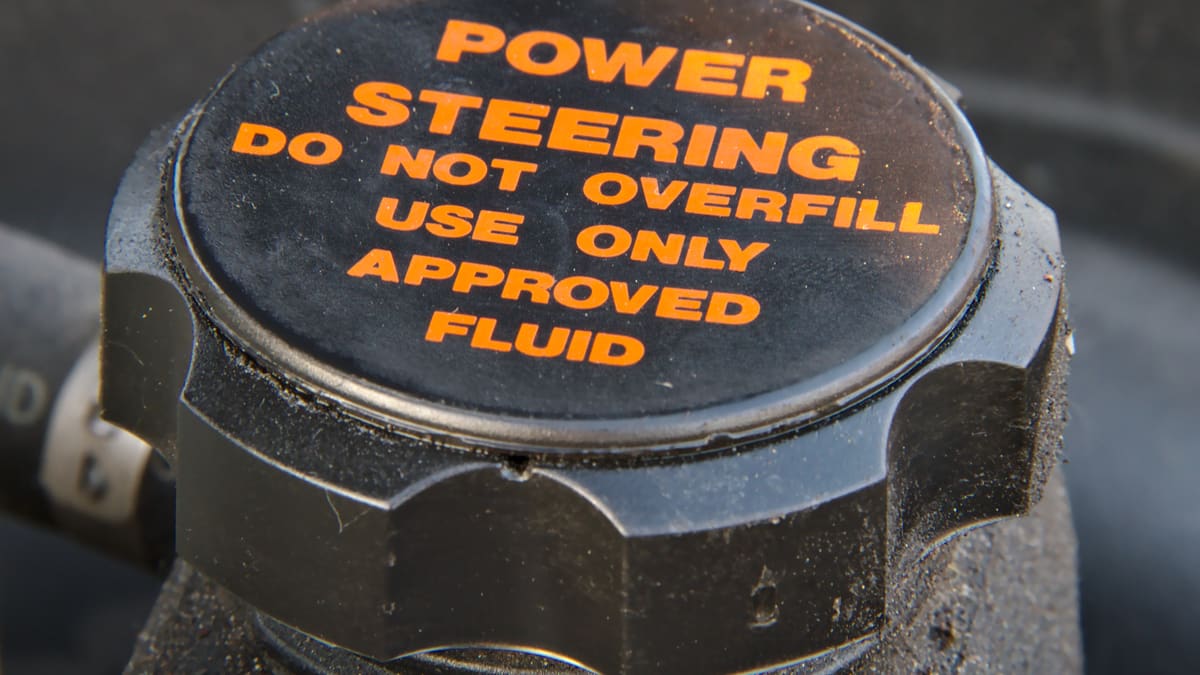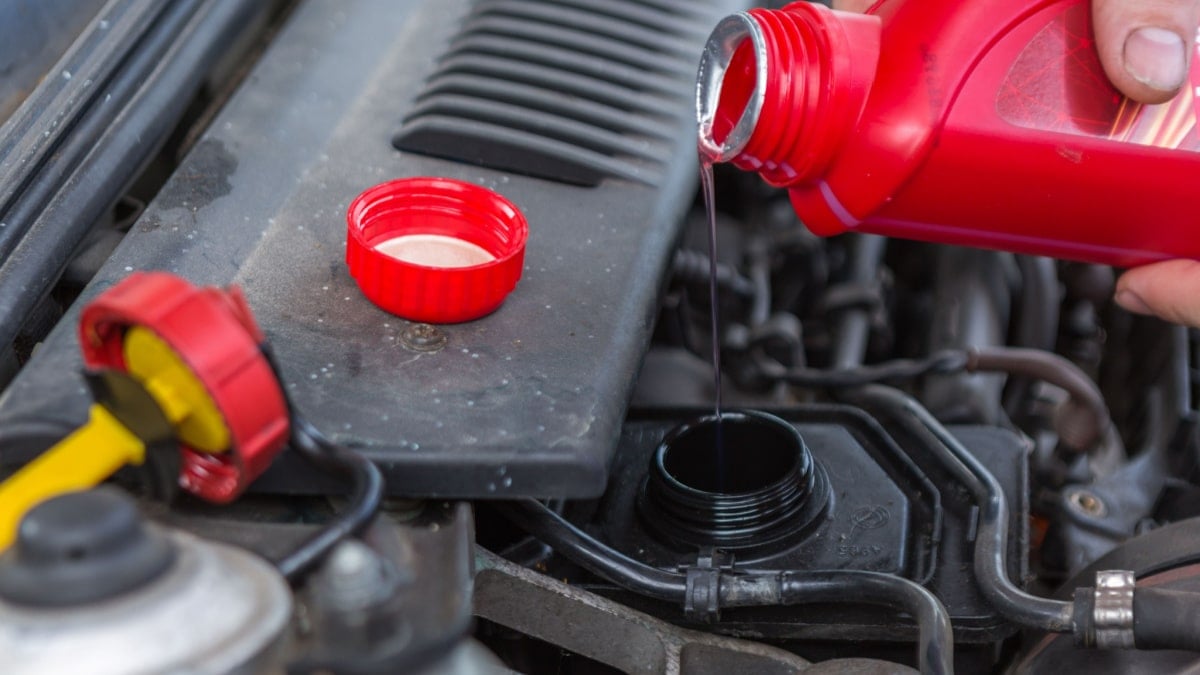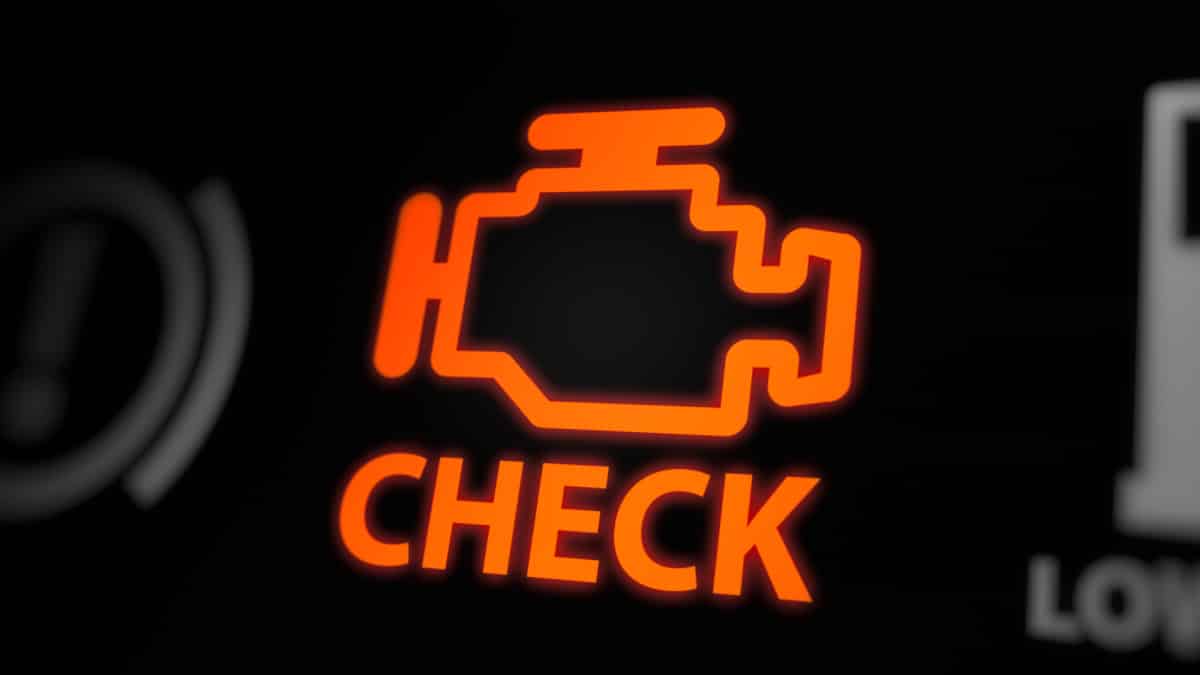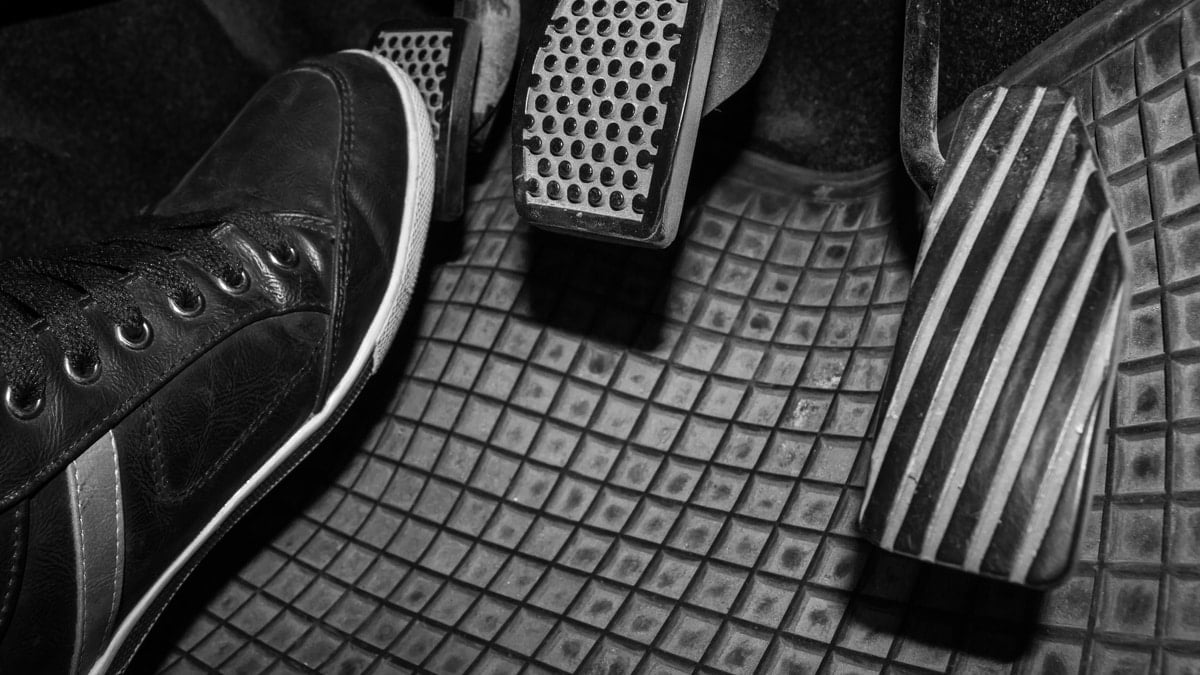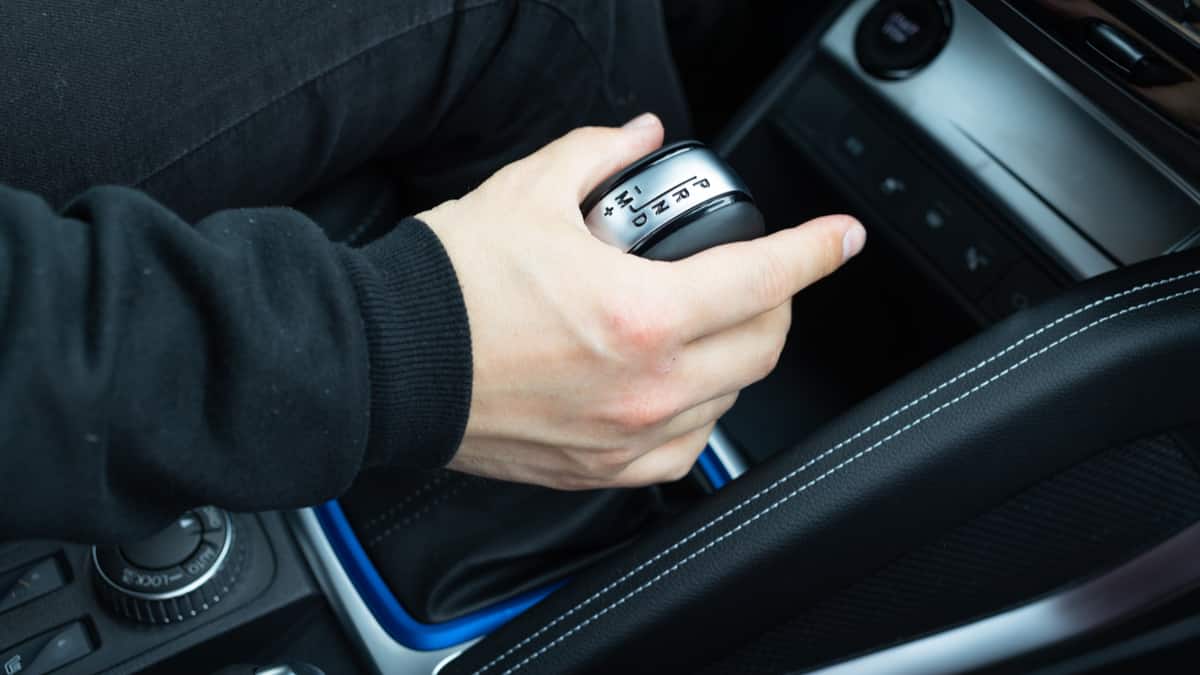Ever since power steering systems started to become commonplace in the 1960s, drivers have become used to turning their steering wheel without giving it a thought.
It’s become so common that most people have never driven a vehicle without power steering. This makes it all the more concerning when these systems fail, and it becomes hard to turn the steering wheel again.
If you’re finding it hard to turn your steering wheel, don’t freak out! All it takes is a few quick repairs to get your vehicle back on the road. Let’s begin with the most common causes:
Why Is My Steering Wheel Hard to Turn?
The most common reason why a steering wheel is hard to turn is due to a faulty power steering pump or a broken serpentine belt. Low power steering fluid could also cause it, so it’s important to ensure the level is okay. Low tire pressure could also result in harder steering.
There are few problems more concerning than the inability to turn your steering wheel. So, if you’re experiencing this problem, you’re going to want to fix it as quickly as possible.
Below, I’ve highlighted a more detailed list of the six most common reasons for a hard-to-turn steering wheel.
1. A Faulty Power Steering Pump
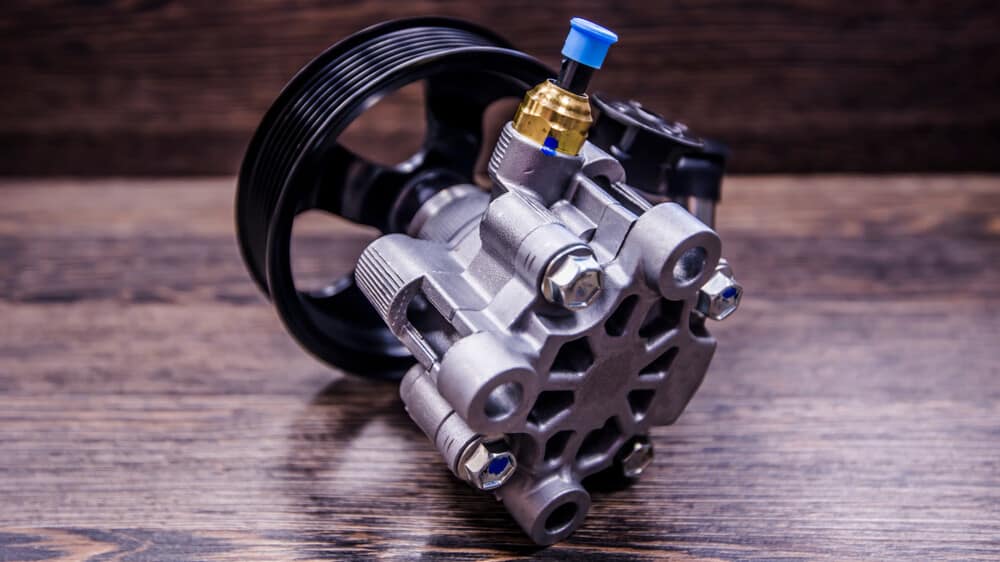
Your power steering pump is what makes everything easy to turn to begin with, so it makes sense that if it’s not working properly, you’ll have a hard time turning the steering wheel. If the power steering pump is the issue, you’ll likely hear many loud engine noises.
Power steering pumps can either break down slowly or fail completely. If you suspect that your power steering pump is starting to break, you should replace it as soon as possible, so it doesn’t fail completely while you’re driving!
In modern cars, you most often have an electric power steering pump, which can also fail.
2. A Broken Serpentine Belt
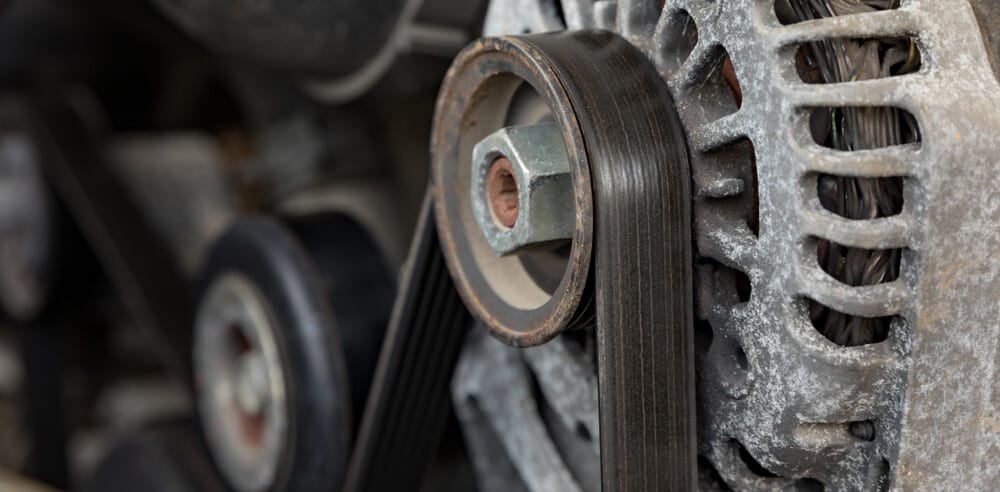
The power steering pump is belt-driven in most car models, so if the belt snaps, then the motor won’t work. Without a functioning power steering pump, it’s going to be hard to turn the steering wheel.
However, if a broken serpentine belt is the problem, you’ll have more problems than just a hard-to-turn steering wheel. That’s because the serpentine belt also controls the air conditioning, the engine fan, the water pump, the alternator, and more!
However, having a hard time steering might be the first thing you notice.
3. Low Power Steering Fluid
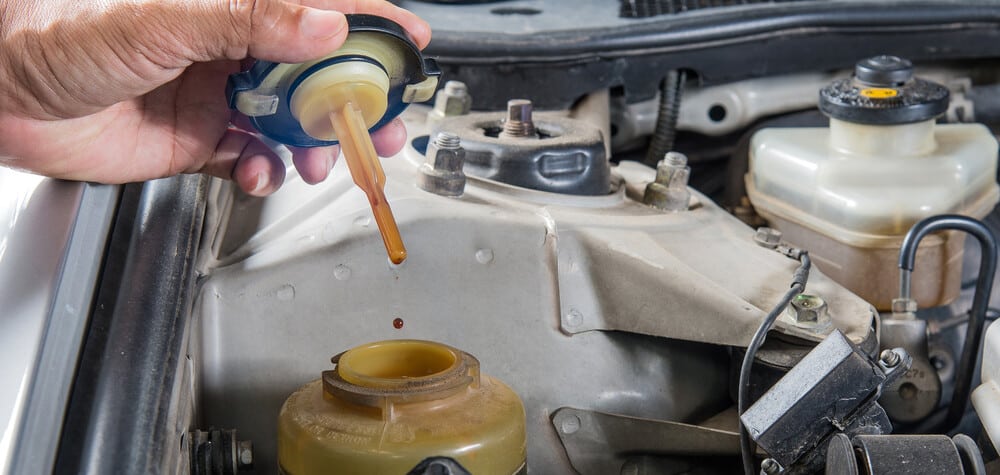
Your power steering pump needs fluid to operate. It’s a sealed system, and if the system leaks, you’re going to run into problems sooner rather than later. Just like with a broken power steering pump, if you’re low on power steering fluid, you’ll likely hear some noises coming from the engine bay – especially as you try to turn.
If you are low on fluid, you can’t just add fluid and call it good though. There is a leak somewhere, and you need to repair it. Keep in mind that if you run your power steering pump for too long without enough fluid, you’ll wind up damaging the pump!
4. Damaged Steering Components
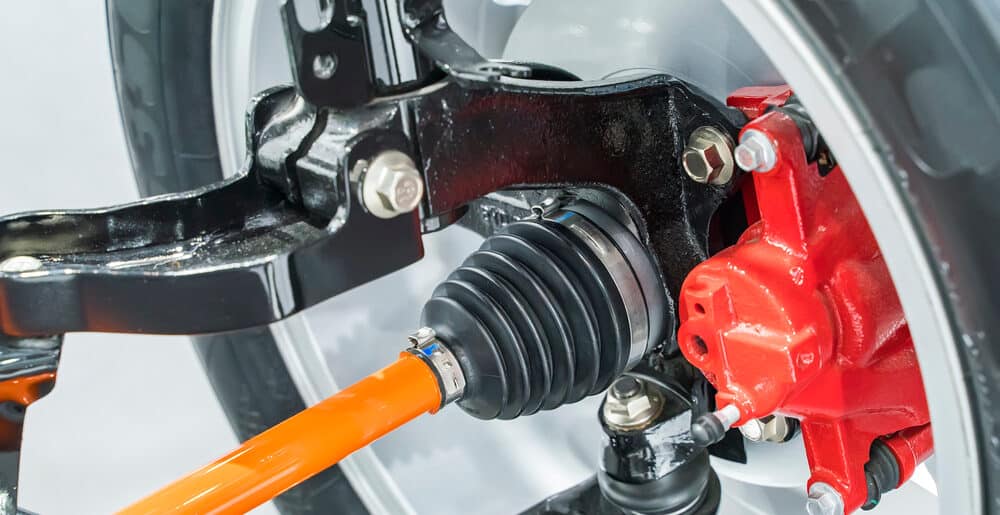
When everything is working the way it should, every component has space to move, and it’s easy to turn the wheel. But if you have a snapped or damaged component, you have to force those components past the damaged area.
This puts a ton of extra stress on the entire system and can make it hard to turn the wheel. Even worse, if you do force the component, it might break other system components like the power steering pump.
5. Low Tire Pressure

If you have low tire pressure, you might find it harder to turn the steering wheel. The lower the air pressure, the harder it will be to turn. However, before you start feeling anything, your tires are likely to be extremely low.
Furthermore, even if your tires are extremely low, including a flat tire, it will still be easier to turn the steering wheel than it would be with a broken serpentine belt or a totaled power steering pump.
6. Old Power Steering Fluid
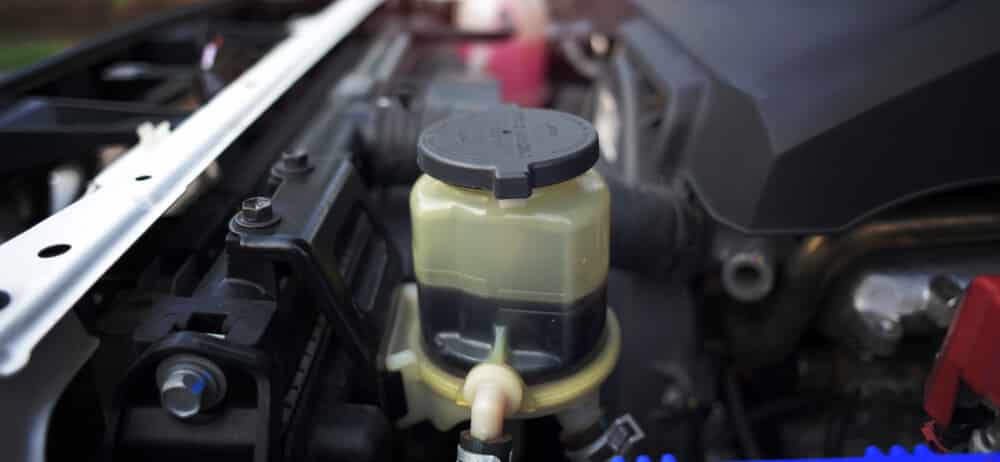
Power steering fluid is just like every other fluid in your engine. As it gets older, it breaks down, and you need to swap it out. Power steering fluid usually is good for 70,000 to 100,000 miles, but you likely won’t notice significant impacts to how hard it is to turn the steering wheel until long after that.
However, that doesn’t mean you should neglect to change your fluids. That’s because old power steering fluid can cause your power steering pump and other steering components to wear prematurely and can lead to extra maintenance costs.
The Basic Mechanical Breakdown
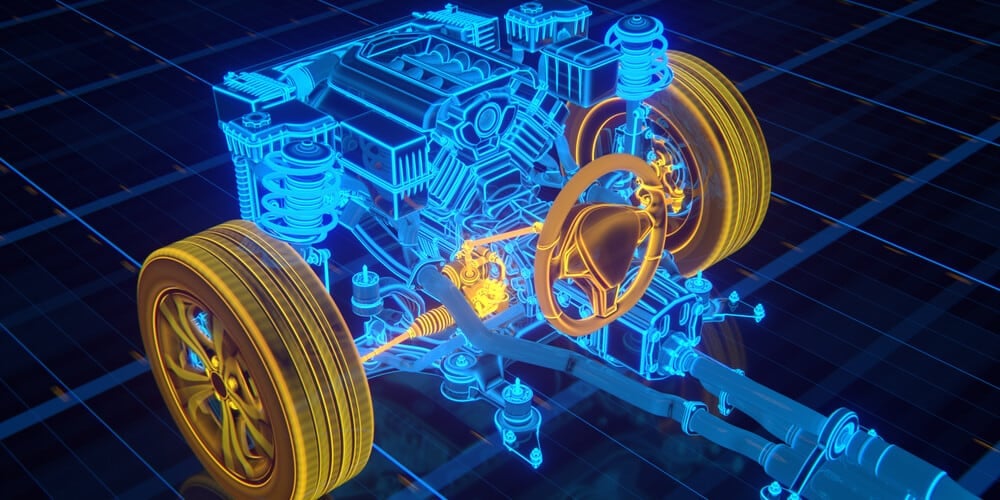
When you turn the steering wheel, it starts a mechanical process that turns your wheels the way you’re trying to go. When everything is working the way it should, you don’t have to worry about anything else, and it runs like magic.
But what’s really happening involves a lot more work. Most vehicles have a steering column that the steering wheel is attached to, and when you turn the wheel, what you’re actually turning is this steering column.
This steering column connects your steering wheel to the rack and pinion. As you turn, the rack and pinion push one way or the other, which turns your wheels. Incorporated into that system is your power steering pump, which helps you push the rack and pinion.
Without the power steering pump, you have to provide all the necessary force to turn the wheel. If you’re not moving, that’s not easy. Older cars used to have much larger steering wheels to help you with this, but modern vehicles have become dependent on this power steering system, and the steering wheels have shrunk as a result.
When you go to turn the steering wheel, you want it to be easy. As soon as it becomes difficult, you need to get it addressed. While you might be able to muscle past it for a while, when disaster strikes and you need to get out of the way, you need to be able to do it as quickly as possible.
Furthermore, the longer you wait, the more likely it is that you’ll break more components in your system. Fixing your steering system doesn’t have to be hard. You just need to know where to look!
Categories: Driving, Troubleshooting

